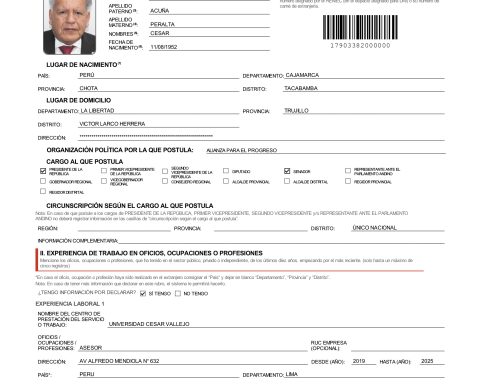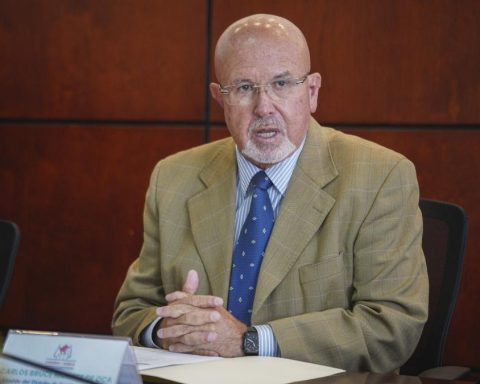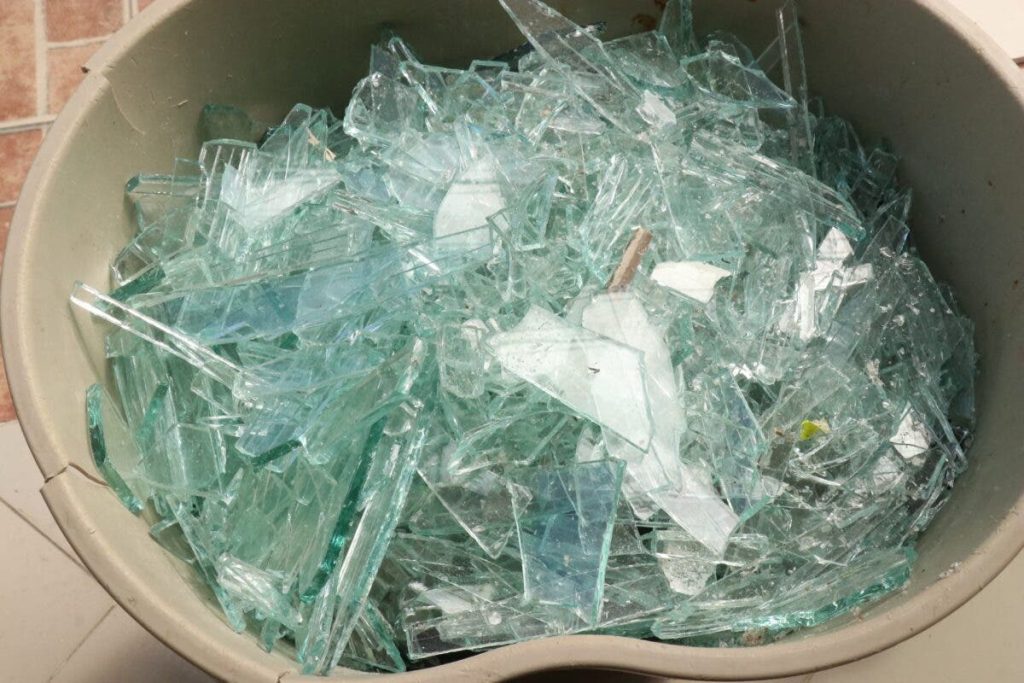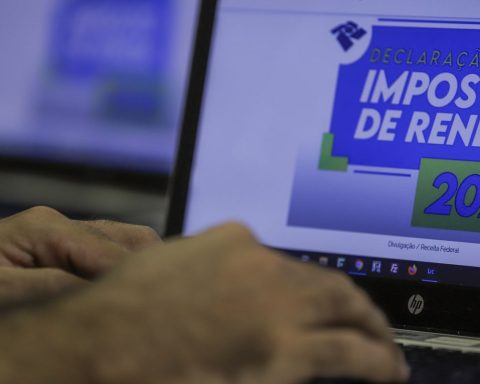A few months ago, the renowned economist Ricardo Hoffmann prepared a ranking of the gaps between Latin American countries and the United States. He says, for example, that the gaps in the rate of urbanization, fertility, female participation, and schooling are closing. However, the gap in scientific publications is enormous. In the case of Peru, for every 100 scientific investigations from the United States, our country only publishes five. With patents the situation is even worse.
To delve deeper into these topics, Peru21 organized the Thematic Table on Innovation in Higher Education. Accompanying journalist Nicolás Castillo were Dr. Emma Barrios Ipenza, vice-rector for Digital Learning Development at the Universidad Continental (UC) and Dr. Walter Curioso Vílchez, vice-rector for Research at the same university.
Innovation Culture
Barrios explains that one of the most important challenges in our country is the differences that exist between access to higher education and the development of knowledge. “The challenge we decided to face is to strive so that knowledge reaches everyone. Develop an innovative training offer to bring and develop the best educational practices, so that education is democratized and of higher quality for everyone,” he says.
In turn, Curioso points out that another fundamental factor to consider is culture. “We have to promote the culture of innovation and research. At UC we have a model of entrepreneurial thinking and action where all students follow a training program of three mandatory courses in the degree where we not only promote the development of thinking, which is having an innovative mentality, but also entrepreneurial action, through of various opportunities that the university promotes.”
On the one hand, there are curricular courses that are complemented by a range of extracurricular activities where the student has the opportunity to put their ideas into practice. For example, UC has the first network of digital manufacturing laboratories where students from any of its five faculties can interact, develop prototypes and then these could become a patent.
The other important component to being competitive is fostering alliances. “These international collaborations allow us to exchange good practices, add strengths to scale and carry out projects and innovations,” highlights the vice-rector.
Close gaps, open doors
“In our university – Barrios emphasizes – there is a very important vocation for the development of gender equality. There are a series of incentives so that women who are studying can develop their potential to the fullest by participating in international competitions and competing on equal terms with men.” The results at the 17th Korea International Women’s Inventions Exhibition KIWIE 2024 confirm this. There were 68 medals, including gold, silver and bronze.
In this regard, Curioso points out that another of the purposes of the Continental University is to close gaps. “In the world, the participation of women in science is low. It is only 32% and it is also reflected in Peru, where one in three women is dedicated to carrying out science, technology and innovation.”
UC is committed to generating knowledge that produces a positive impact in the community and globally. Proof of this are the more than two thousand scientific publications indexed in one of the most prestigious databases such as Scopus. Two years ago it was also recognized by the important Scimago platform as the third university with the highest scientific production within private study houses. Additionally, he leads the Patenta UC program where mentors, researchers and advisors develop projects together with students that, previously selected, are sent to Indecopi as part of a patent application. According to the ranking managed by Indecopi, last year the UC was ranked as the entity with the most patent applications: of the total of 800 applications presented, 185 belonged to this university, that is, more than 20%.
Another of the UC’s challenges is to link the university with the productive, industrial and social sector. To achieve this, it has submitted to high international standards that measure the capacity and quality of its students. “In the middle of the pandemic we entered the QS Stars Rating System, within which we directly obtained five stars in Online Learning. The distance modality is a fundamental commitment that we have as a university because it allows us to break limits in a country like ours,” says Barrios.
Through the National Agency for Quality Assessment and Accreditation (ANECA) of Spain, the 22 UC courses also obtained the Enphi seal in the non-face-to-face and hybrid teaching modality.
RECOMMENDED VIDEO
















